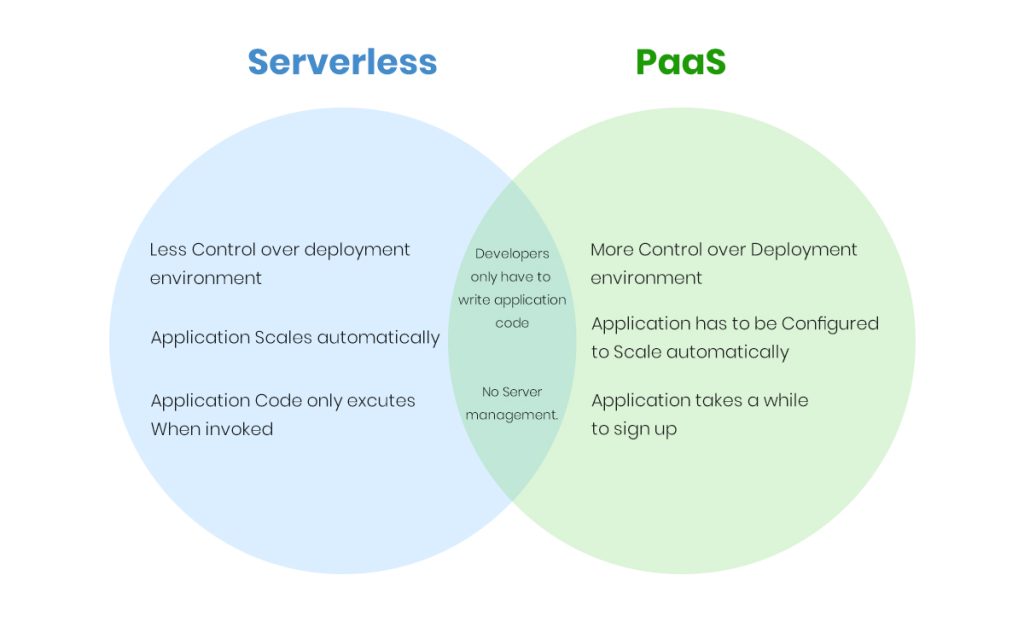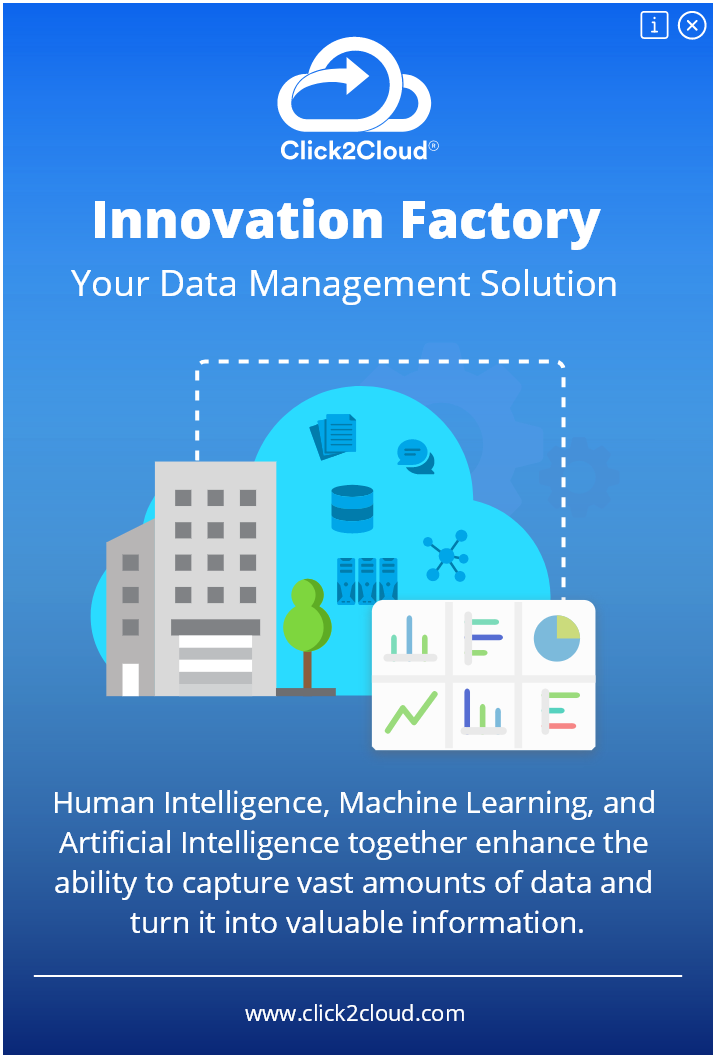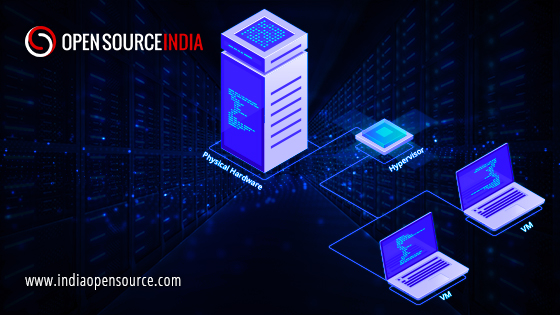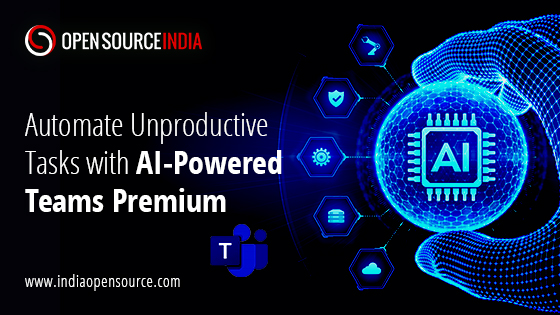Today, industries need to evolve constantly to keep up with customer demands and market competition. Many technologies like VMs and cloud computing have come into the picture so the developers can focus on core functionalities and compete with the demands of end-users.
Serverless computing is one such paradigm in which the deployment and management of the code are managed by the cloud provider and developers only need to handle the coding of the development process.

What is Serverless Computing?
Serverless computing in cloud is a paradigm where the developer only needs to develop code and all the other functionalities like deploying and managing code are handled by the cloud service providers. These cloud providers manage the space and database capacity needed to function smoothly and scale it up or scale it down as per the requirements. The cost of serverless computing depends on the usage of resources and the user doesn’t have to pay for unused resources like cloud computing.
Opposite to what its name implies, serverless computing still has servers to work on. These servers are deployed at the provider’s side and are entirely managed by them. It is called serverless as the developers can work on their code without worrying about containers, VMs, bare-metal, or any other functional infrastructure.
Serverless is an extension of FaaS(Function-as-a-Service). Often the terms are used interchangeably, but serverless computing offers much more than FaaS.
Some serverless computing examples are Azure Serverless, AWS Lamba, Serverless computing offered by Google, and IBM Serverless Computing.

Serverless computing vs Cloud Computing
While cloud computing focuses on automation, the users need to manage the storage and computing resources required and pay for the decided scale of resources even if they are not entirely used. Serverless computing focuses on providing a seamless experience with functional parts by managing all the functionalities at the providers’ side so that users can focus on development. The resources to be needed are not pre-defined and can be scaled up or scaled down as per usage saving a huge cost of deployment of computing.

Pros and Cons of Serverless Computing
Pros
Serverless computing has become a popular paradigm to serve computing needs due to the following benefits
Automatic Scaling
As the user base or usage develops, applications created with a serverless infrastructure can scale automatically. A serverless application can process a single request from a single user as well as an exceptionally high volume of requests.
No infrastructure to maintain
The developers can only focus on developing codes while other infrastructural requirements are managed by serverless computing providers.
Reduced software complexity and quick deployment
Serverless computing also provides Backend-as-a-Service which reduces the complexity of handling backend operations while deploying a code. Also, the developers are allowed to upload smaller codes for smaller updates. This allows them to update faster.
Lower costs
As serverless computing is a pay-per-use model, the user only has to pay for the resources that are used. The resources are not pre-defined and are scaled as per the use. Serverless computing saves a significant cost in industries where resources are not constantly in use.
Cons
Like any other technology, serverless computing also has its downfalls. The downfalls are following-
Testing and Debugging
Testing and debugging are major challenges in serverless computing. It is hard to replicate the serverless environment in local machines to test the codes and see how the final product will be. As developers also do not have any access to backend functionalities and the codes are divided into smaller functions, debugging a code also becomes challenging.
Data Security Concerns
Serverless computing providers use multitenancy where single hardware is used by multiple consumers as per the need. If the security concerts are not configured accurately, their cloud is a risk of data exposure among different consumers.
Performance
When the resources are not being used, it can be scaled down to zero which will require booting up the code for the next use. This may lag the initialization process degrading the performance of the code. However, it does not affect at all if the code is running continuously.
Should you go for Serverless Computing?
Developers who want to focus solely on coding can switch to serverless computing for managing their operational workloads. Serverless computing is also cost-effective when small applications are being built that do not require constant uptime.
But organizations that have larger workloads and need constant resources to function smoothly should go for dedicated computing. For such a scenario, a dedicated computing service will be suitable for architecture prospective and will be cost-effective. Migrating legacy applications into serverless computing will also be difficult as these applications might be built for dedicated servers only.
Conclusion
Serverless computing is a great way to migrate operational and functional workloads to the cloud. With serverless computing, developers can focus on developing codes efficiently while the serverless computing service providers handle the deployment and management of the code and scaling of the resources. It is the best solution for small applications that do not need computing resources constantly, but large and complex applications that need continuous runtime and are complex to test and debug should be deployed on dedicated servers.
FAQs
-
How serverless computing works ?
How does a serverless service work? Under a serverless model, a cloud provider runs physical servers and dynamically allocates their resources on behalf of users who can deploy code straight into production. Serverless computing offerings typically fall into two groups, Backend-as-a-Service (BaaS) and Function-as-a-Service (FaaS).
-
What is serverless cloud computing
Serverless computing is a method of providing backend services on an as-used basis. A serverless provider allows users to write and deploy code without the hassle of worrying about the underlying infrastructure.
-
What are the advantages of serverless computing?
1. Serverless is easy to deploy 2. Low cost 3. More Time For UX 4. Better scalability 5. Improved latency 6. “Greener” hosting and computing 7. Improved flexibility 8. Serverless is more efficient
-
Why use serverless computing ?
Serverless computing offers a number of advantages over traditional cloud-based or server-centric infrastructure. For many developers, serverless architectures offer greater scalability, more flexibility, and quicker time to release, all at a reduced cost. With serverless architectures, developers do not need to worry about purchasing, provisioning, and managing backend servers. However, serverless computing is not a magic bullet for all web application developers.
-
What is the future of cloud computing?
Cloud computing is powerful and expansive and will continue to grow in the future and provide many benefits. Cloud computing is extremely cost-effective and companies can use it for their growth. The future of cloud computing is bright and will provide benefits to both the host and the customer.












